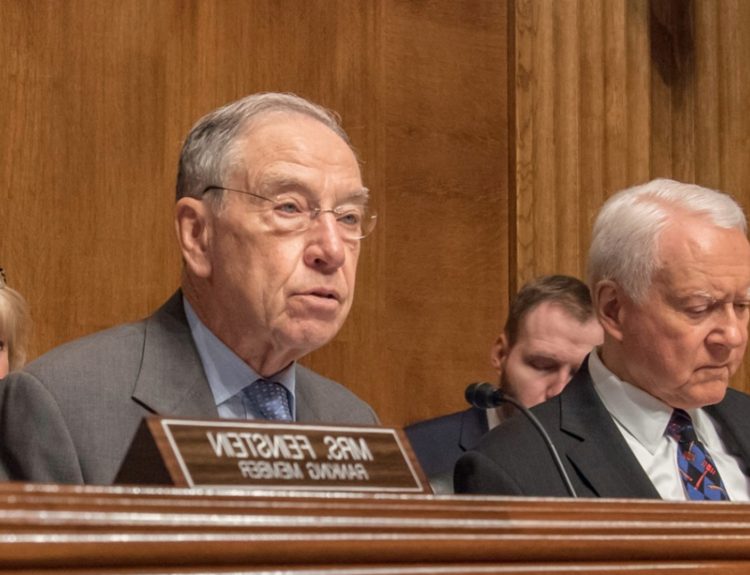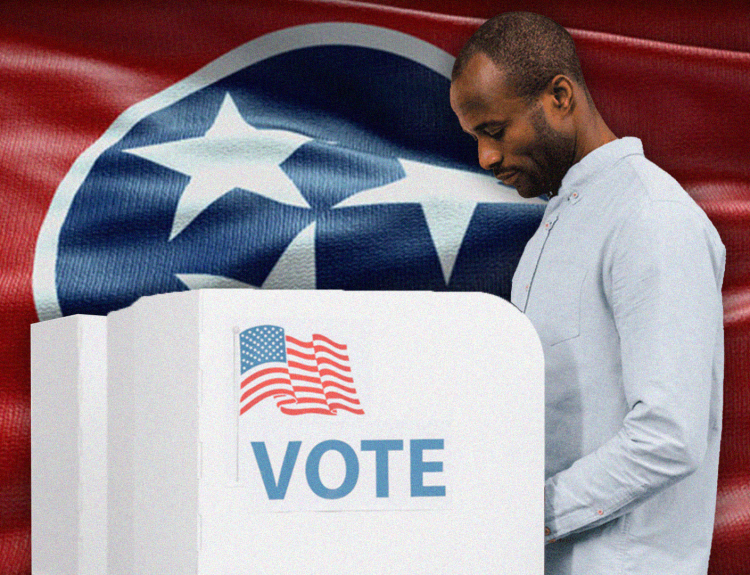As most of the U.S. transitioned to daylight saving time overnight, Sen. James Lankford (R-Okla.) reiterated his call to “lock the clock.” The senator’s push for permanent daylight saving time has sparked a nationwide conversation about the twice-yearly tradition that many find disruptive and outdated. Could this be the end of changing our clocks?
Lankford Co-Sponsors Sunshine Protection Act
Lankford had co-sponsored Sen. Marco Rubio’s (R-Fla.) Sunshine Protection Act, which would make daylight saving time the permanent time in the U.S. The bill passed the Senate in 2022, and Rubio recently renewed his push for the legislation, calling the practice of changing clocks back and forth “stupid.”

Lankford expressed his hope that the conversation surrounding the Sunshine Protection Act would continue and ultimately lead to its passage in Congress. He emphasized the importance of locking the clock and putting an end to the biannual time changes.
The Impact on Families and Agriculture
“My issue is, lock the clock. Let’s not have the back-and-forth on this,” Lankford said on CNN’s “State of the Union.” He pointed out that the time changes are particularly challenging for moms with young children and those in the agriculture industry.

Lankford argued that locking the clock would alleviate the difficulties faced by families and farmers who struggle to adjust to the shifting schedules. He believes that it’s time to prioritize the well-being of these groups and end the disruptive practice.
Arizona: A Case Study in Permanent Time
Lankford noted that most of Arizona did not have to switch their clocks on Sunday morning. The state has chosen to remain on standard time year-round, except for the Navajo Nation.
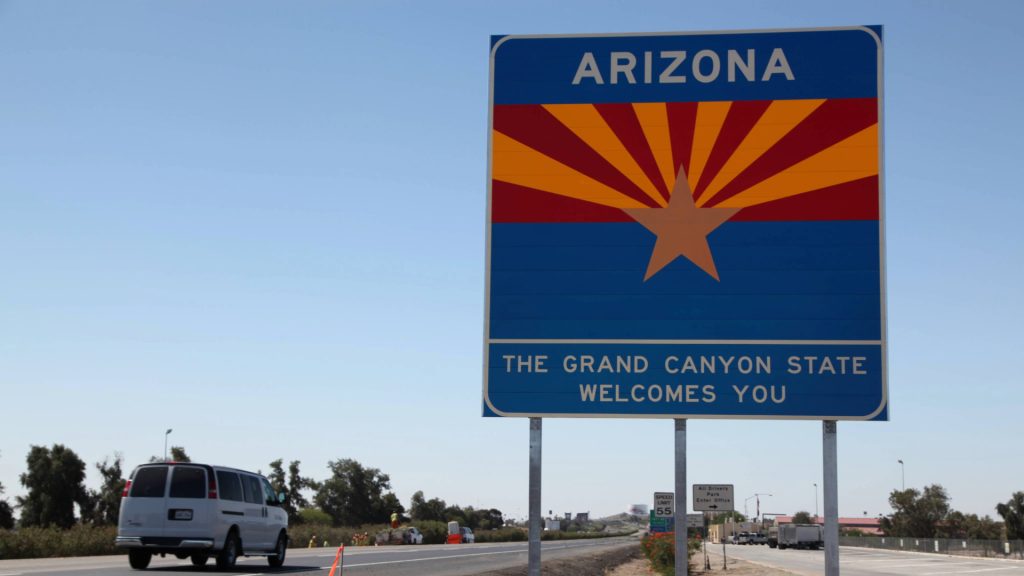
“In Arizona, they have done this for years, and, somehow, their kids are still getting to school on time, commerce is still happening,” Lankford said. He believes that Arizona’s success in maintaining a permanent time demonstrates the feasibility of the Sunshine Protection Act.
The Origins of Daylight Saving Time
Lankford described daylight saving time as “a relic of World War I” when it was implemented to save lamp oil. He argued that it’s time to move past this outdated practice and embrace a more modern approach.

“Let’s flick our lights on, and we can do this,” Lankford said, suggesting that the original rationale for daylight saving time is no longer relevant in today’s society.
The Biannual Time Shift
Currently, every state in the U.S., except Hawaii and most of Arizona, shifts their clocks twice a year to switch between standard time and daylight saving time. The most recent change occurred on March 10 at 2 a.m. local time.
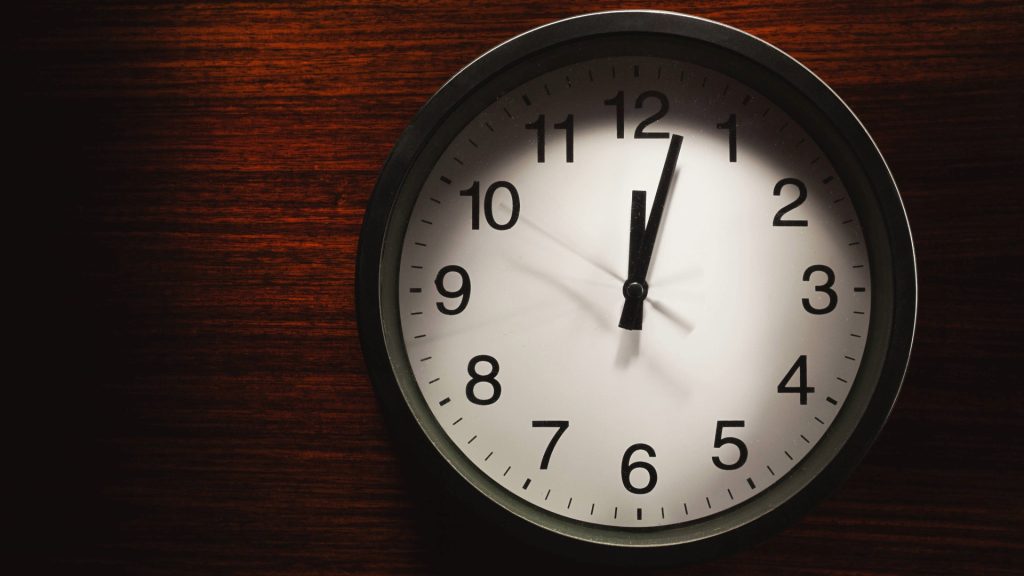
Many Americans find the biannual time shifts disruptive and confusing, leading to calls for reform. Lankford’s push for the Sunshine Protection Act aims to address these concerns and establish a more consistent timekeeping system.
The Potential Benefits of Permanent Daylight Saving Time
Proponents of permanent daylight saving time argue that it could lead to numerous benefits, including energy savings, reduced traffic accidents, and increased economic activity.

By extending daylight hours into the evening, supporters believe that people would be more likely to engage in outdoor activities and patronize local businesses, potentially boosting the economy.
The Debate Over Permanent Standard Time
While Lankford and Rubio advocate for permanent daylight saving time, some experts argue that permanent standard time would be a better choice. They cite the importance of aligning our schedules with the natural rhythms of the sun.
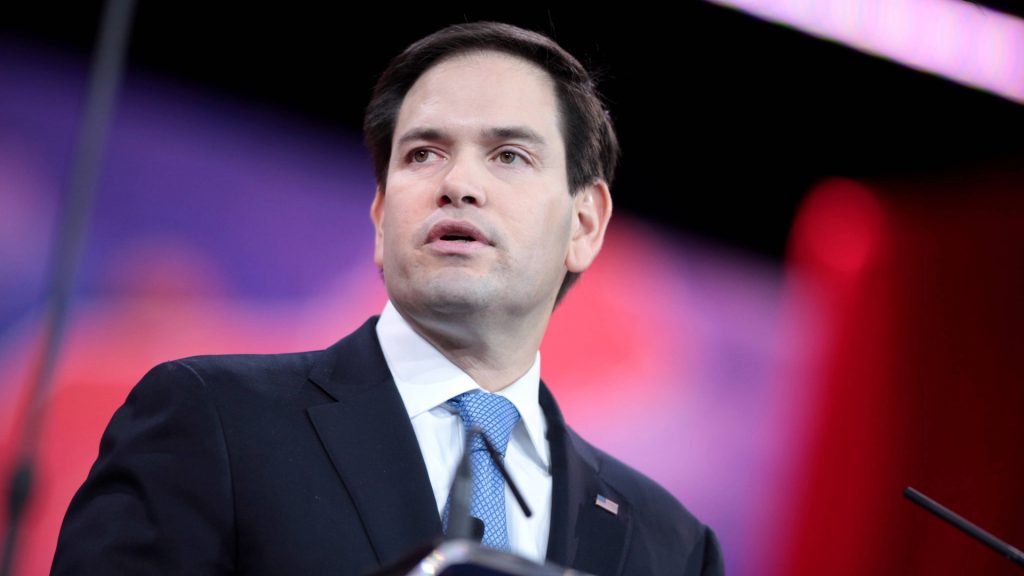
Opponents of permanent daylight saving time worry that it could lead to darker mornings, particularly during the winter months, which could pose safety risks for children going to school and commuters.
The Impact on Sleep and Health
The biannual time changes have been linked to various health issues, including sleep disruptions, increased risk of heart attacks, and decreased productivity.

Lankford’s push for the Sunshine Protection Act highlights the potential health benefits of eliminating the time shifts and allowing people to maintain a more consistent sleep schedule throughout the year.
The International Perspective
While the U.S. debates the merits of permanent daylight saving time, other countries have already taken steps to address the issue. The European Union, for example, has voted to end the practice of changing clocks by 2021.

As more nations reconsider their timekeeping practices, the U.S. may feel increased pressure to take action and establish a more consistent and practical system.
The Role of Congress
For the Sunshine Protection Act to become law, it must pass both the Senate and the House of Representatives before being signed by the President. Lankford’s call to “lock the clock” highlights the importance of congressional action on this issue.
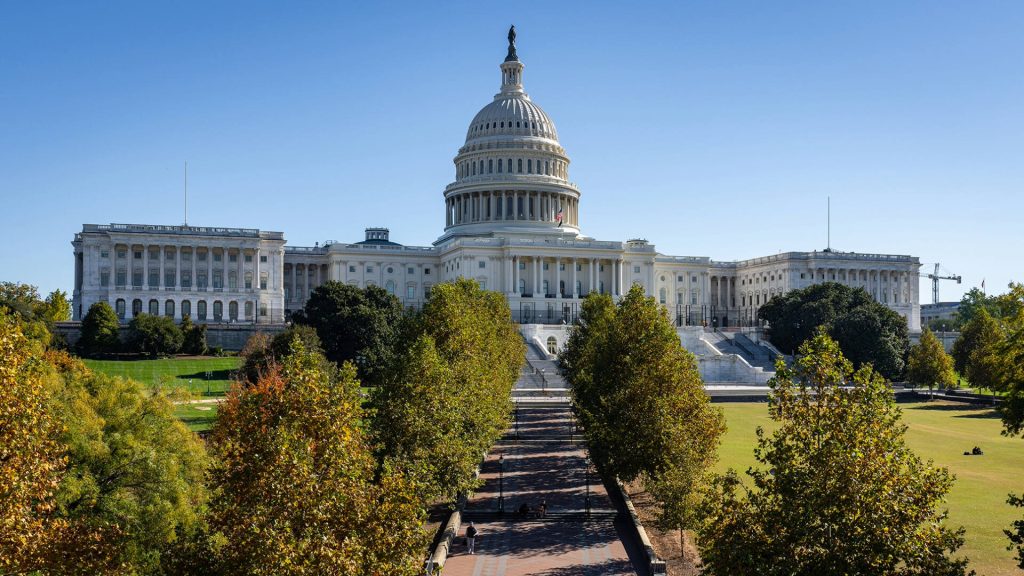
As public support for ending the biannual time changes grows, it remains to be seen whether Congress will prioritize the Sunshine Protection Act and work toward its passage.
The Potential Challenges of Implementation
If the Sunshine Protection Act were to become law, there would likely be challenges associated with its implementation. Businesses, schools, and individuals would need to adjust to the new permanent schedule.
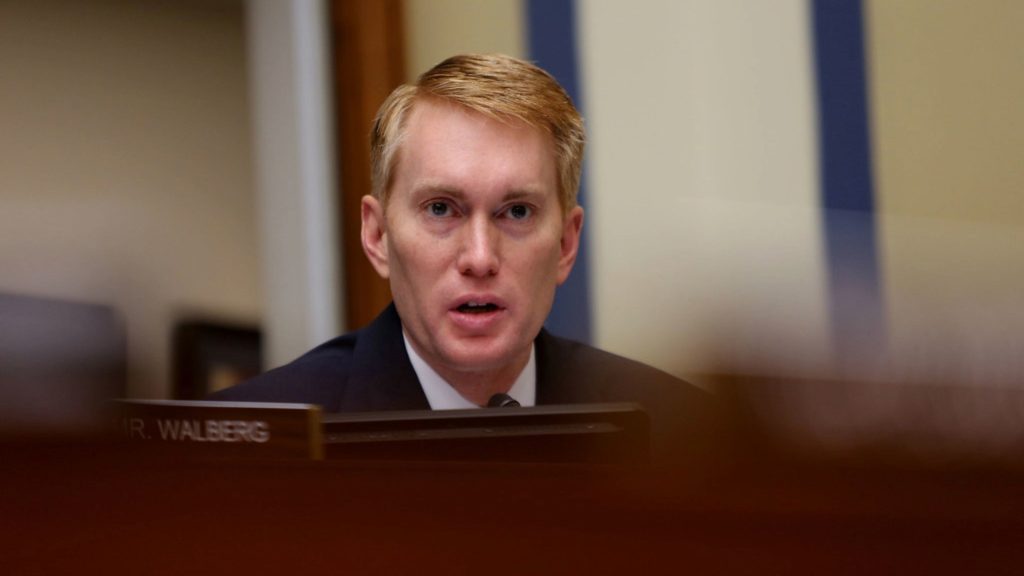
Lankford and other supporters of the bill argue that the long-term benefits of a consistent timekeeping system would outweigh any short-term difficulties in adapting to the change.
The Importance of Public Awareness and Engagement
As the debate over daylight saving time continues, public awareness and engagement will play a crucial role in shaping the outcome. Lankford’s call to “lock the clock” aims to inspire Americans to take an active interest in this issue and voice their opinions.
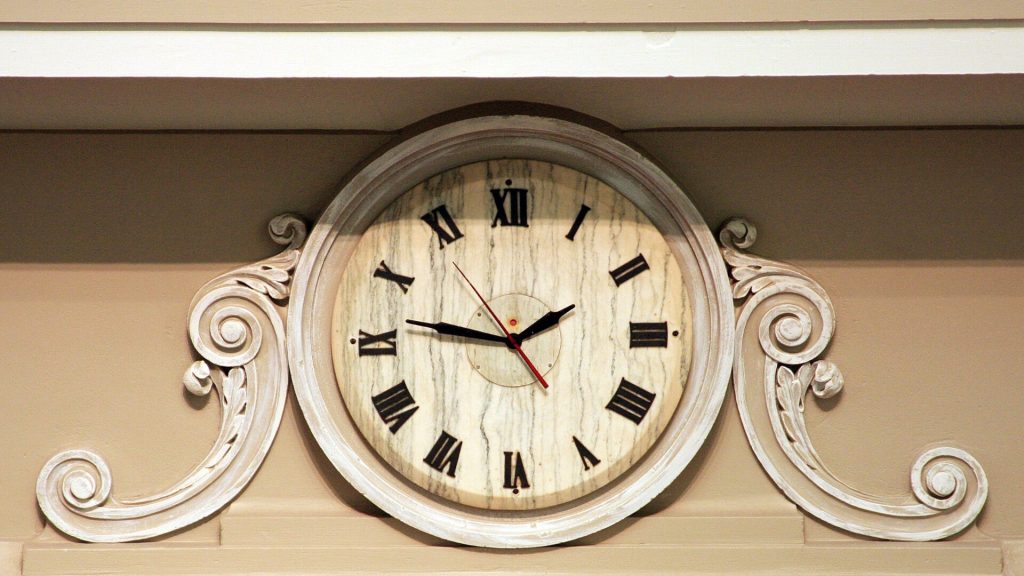
By fostering a national conversation about the merits and drawbacks of the current system, Lankford hopes to build momentum for change and ultimately improve the lives of Americans across the country.
The Future of Timekeeping in America
The push for permanent daylight saving time represents a significant shift in how Americans think about timekeeping. As technology and society continue to evolve, it’s essential to reevaluate longstanding practices and adapt to changing needs.
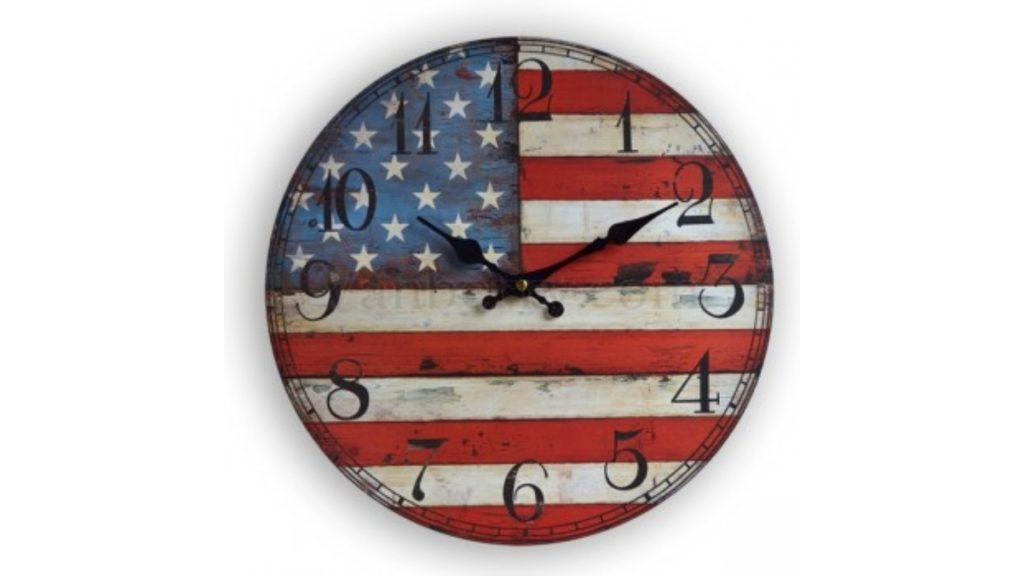
Whether the Sunshine Protection Act becomes law or not, the debate over daylight saving time has sparked a broader conversation about the future of timekeeping in America and the importance of finding solutions that prioritize the well-being of all citizens.
A Call to Action
Sen. James Lankford’s call to “lock the clock” serves as a rallying cry for Americans who believe that the current system of biannual time changes is outdated and disruptive. By advocating for the Sunshine Protection Act, Lankford hopes to inspire a movement toward a more consistent and practical approach to timekeeping.

As the nation continues to grapple with the challenges posed by daylight saving time, it’s clear that the time for change may have arrived. Will Congress heed Lankford’s call and take action to “lock the clock” once and for all? Only time will tell, but one thing is certain: the debate over daylight saving time is far from over.




